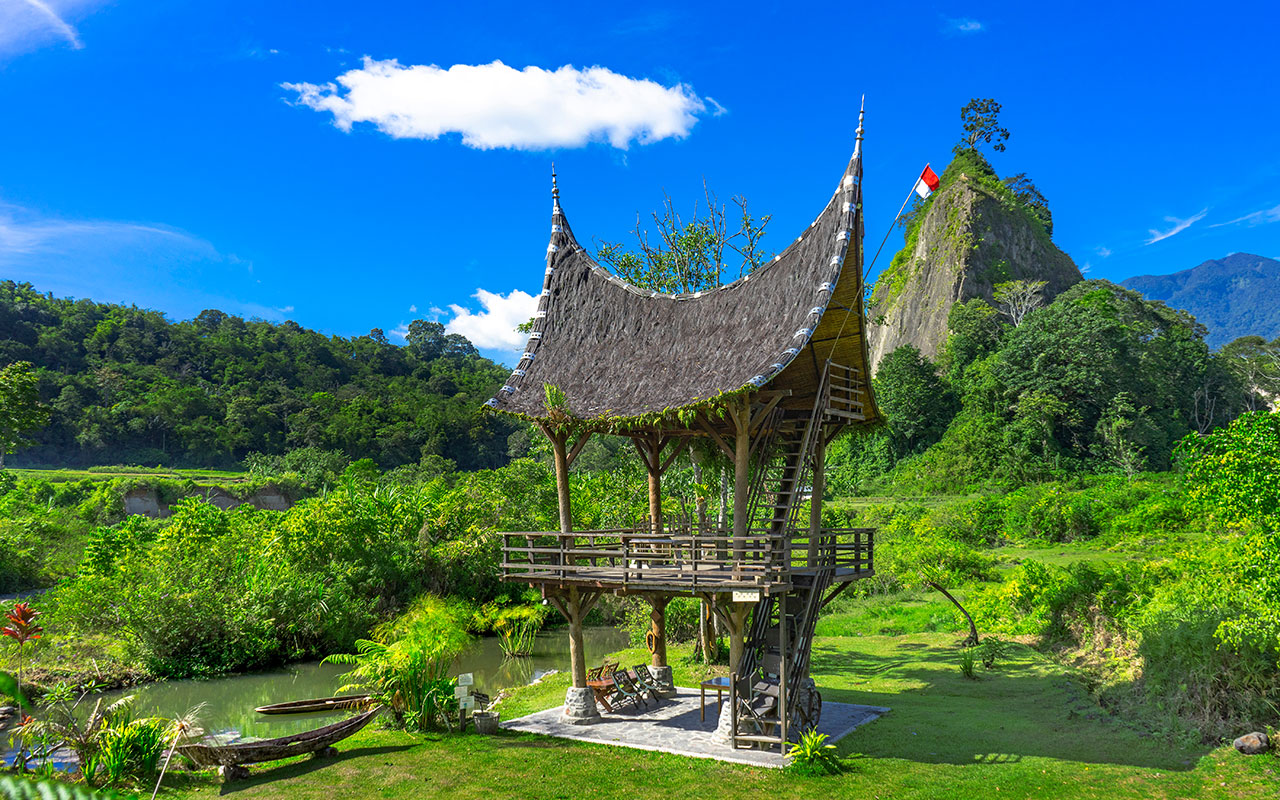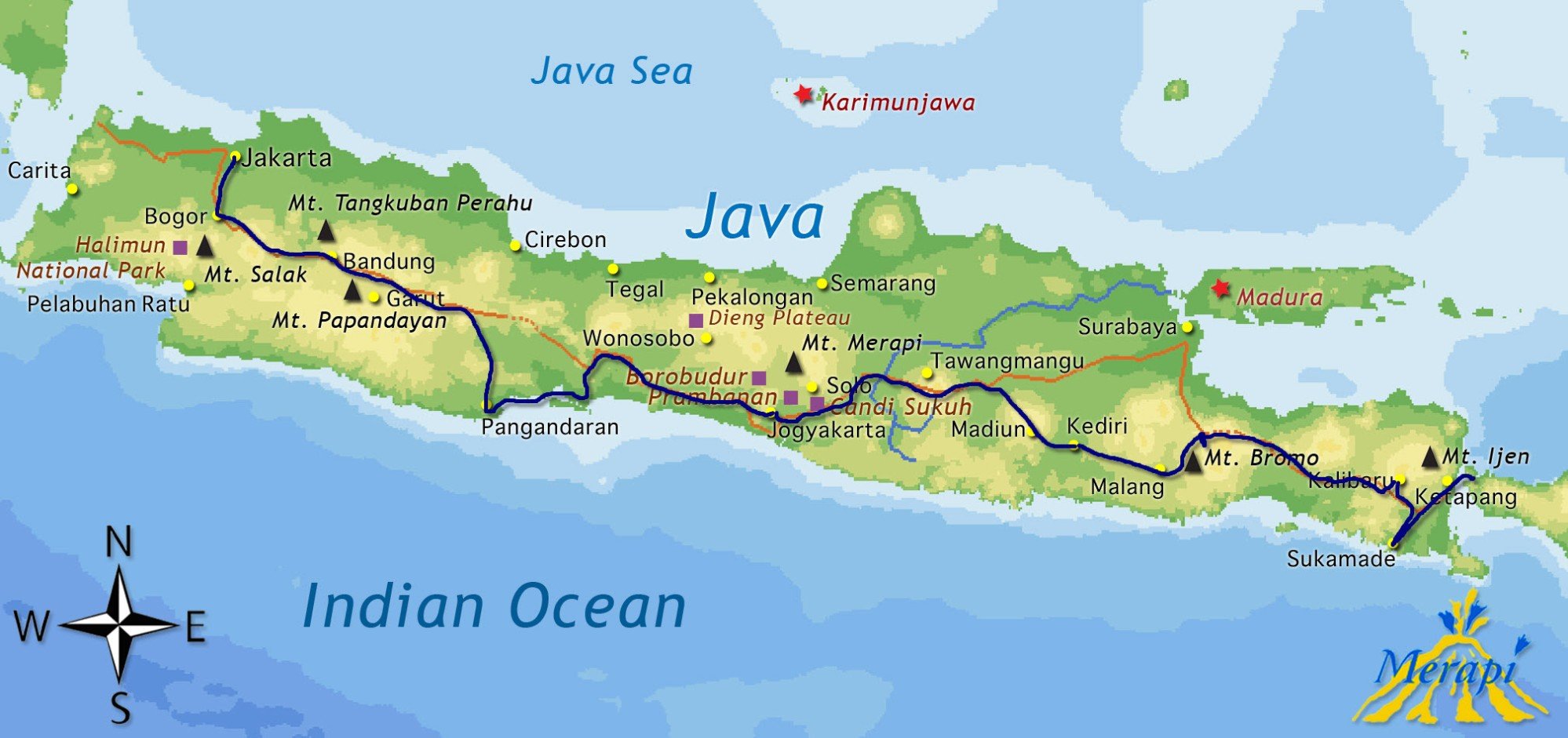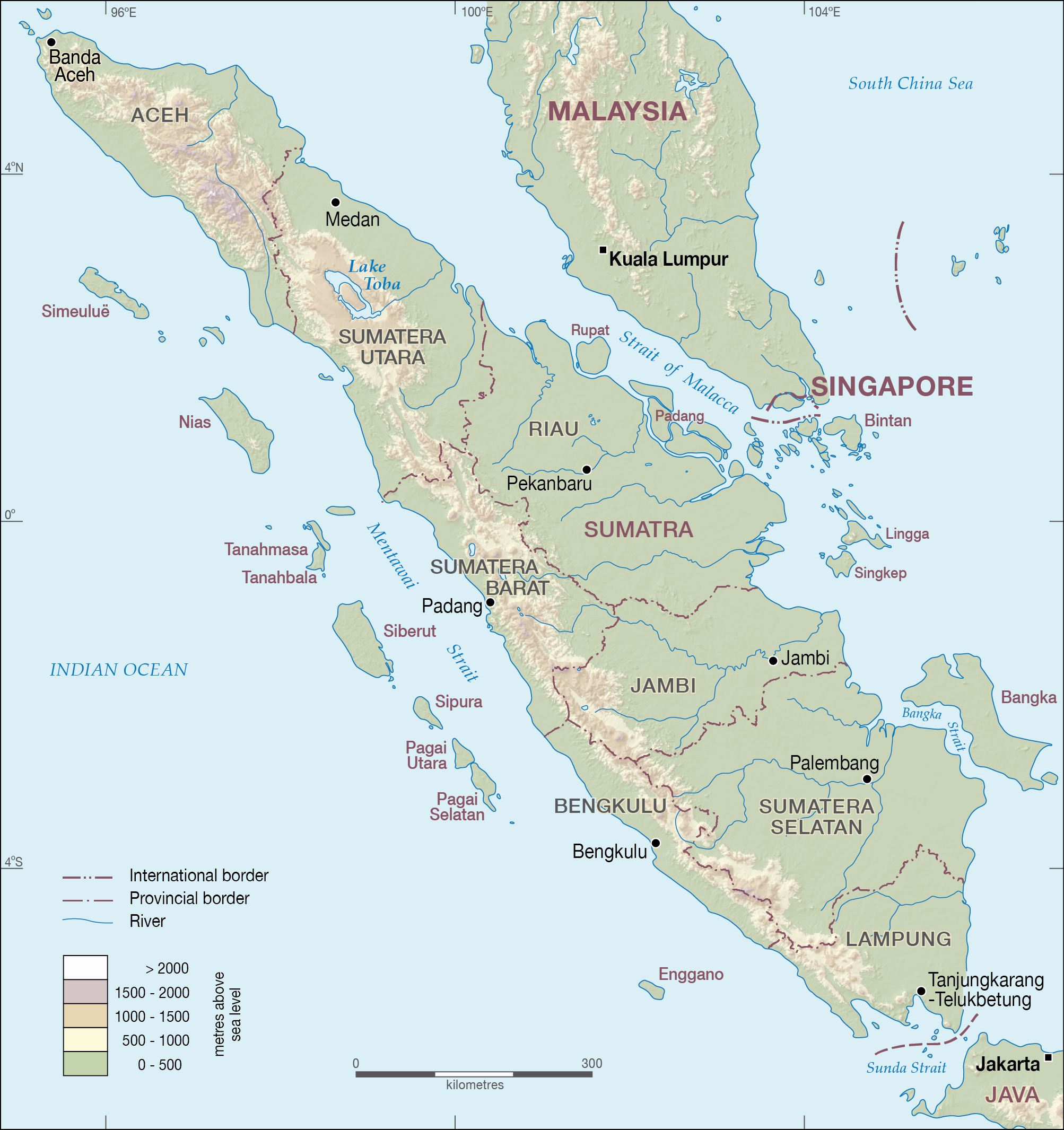
Crewed descent ĭeep Submersible Support Vessel DSSV Pressure Drop and DSV Limiting Factor at its stern

Various agencies have explored the trench in the aftermath of the 2004 earthquake, and these explorations have revealed extensive changes in the ocean floor. The research contributed to an understanding of the subduction characteristic of the Pacific margins. Bomb-sounding, echo-train analysis and manometer were some of the techniques used to determine the depth of the trench. Some of the earliest exploration of the Trench occurred in the late 1950s when Robert Fisher, Research Geologist at the Scripps Institution of Oceanography, investigated the trench as part of a worldwide scientific field exploration of the world's ocean floor and sub-oceanic crustal-structure. Mappings after the 2004 Indian Ocean earthquake of the plate boundary showed resemblance to suspension bridge cables, with peaks and sags, indicative of asperity and locked faults, instead of the traditional wedge shape expected. Main article: Geology of the Sumatra Trenchįor about half its length, off of Sumatra, it is divided into two parallel troughs by an underwater ridge, and much of the trench is at least partially filled with sediments. This threat has resulted in international agreements to establish a tsunami warning system in place along the Indian Ocean coast. In 2005, scientists found evidence that the 2004 earthquake activity in the area of the Java Trench could lead to further catastrophic shifting within a relatively short period of time, perhaps less than a decade. The trench is considered to be part of the Pacific Ring of Fire as well as one of a ring of oceanic trenches around the northern edges of the Australian Plate. The trench stretches from the Lesser Sunda Islands past Java, around the southern coast of Sumatra on to the Andaman Islands, and forms the boundary between Indo-Australian Plate and Eurasian plate (more specifically, Sunda Plate). Its maximum depth is the deepest point in the Indian Ocean.

It is 3,200 kilometres (2,000 mi) long with a maximum depth of 7,290 metres (23,920 feet).


The Sunda Trench, earlier known as and sometimes still indicated as the Java Trench, is an oceanic trench located in the Indian Ocean near Sumatra, formed where the Australian- Capricorn plates subduct under a part of the Eurasian Plate.


 0 kommentar(er)
0 kommentar(er)
